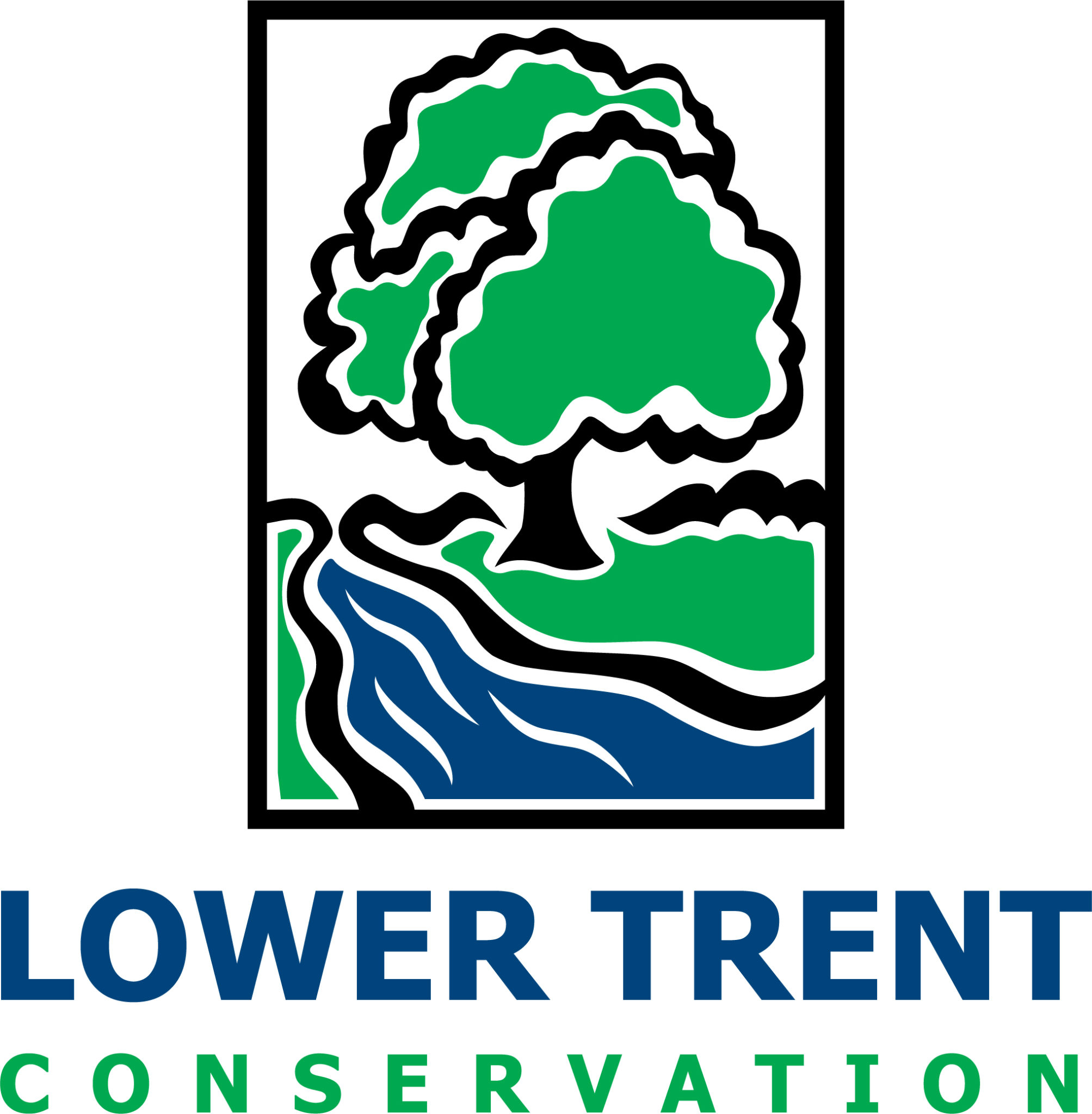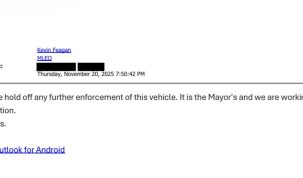Update:Leah Stephens, Environmental Planner/Regulations Officer, Lower Trent Conservation said it was Fidelity Engineering & Construction Inc. and Fidelity Property Group Inc. were charged
A large local landscaping, engineering, and construction company involved in interfering with a wetland without a permit from Lower Trent Conservation, in the Township of Cramahe, has been convicted and fined for breaching Section 28 of the Conservation Authorities Act.
Guilty pleas were entered on March 6, 2019 for two counts of provincial offences including development within a wetland and interfering with a wetland, without approval. Sentencing was put over at that time to allow for natural wetland restoration to occur during the growing season. The company did complete restoration of the wetland area under a restoration and compliance permit that was originally issued by Lower Trent Conservation in 2018. On November 5, 2019 joint submissions on penalty were entered and accepted by a Provincial Justice of the Peace.
Within the Lower Trent Conservation watershed jurisdiction, any development activities in or adjacent to river or stream valleys, the Lake Ontario shoreline (including the Bay of Quinte), the Rice Lake shoreline, watercourses, hazardous lands and/or wetlands are regulated under Ontario Regulation 163/06 – Lower Trent Region Conservation Authority: Regulation of Development, Interference with Wetlands and Alterations to Shorelines and Watercourses.
Through the regulation, Lower Trent Conservation strives to ensure that development will not be impacted by flooding or erosion problems and that new development does not aggravate flooding problems upstream or downstream. Environmental impacts are also taken into consideration before issuing a permit.
“We encourage landowners and contractors to get in touch with us prior to initiating development or site alteration on a property so that permitting requirements can be confirmed as early as possibly in the project planning stages,” says Environmental Planner and Regulations Officer Leah Stephens. “Mapping is available to the public on our website at LTC.on.ca through the `Planning & Permits’ tab as well as an online property inquiry tool.”
“The intent of the regulation and permitting process is to ensure that the control of flooding, erosion, dynamic beaches, pollution and the conservation of land are not negatively impacted by the activity that is being proposed. It’s measures like these that help to protect peoples’ lives and property,” adds Stephens.
For more information on the regulation and permitting process please visit LTC.on.ca and click on Planning & Permits.






















